Apple supplier TSMC will begin trial production of 2nm chips next week for next year’s debut on iPhone 17 lineup.
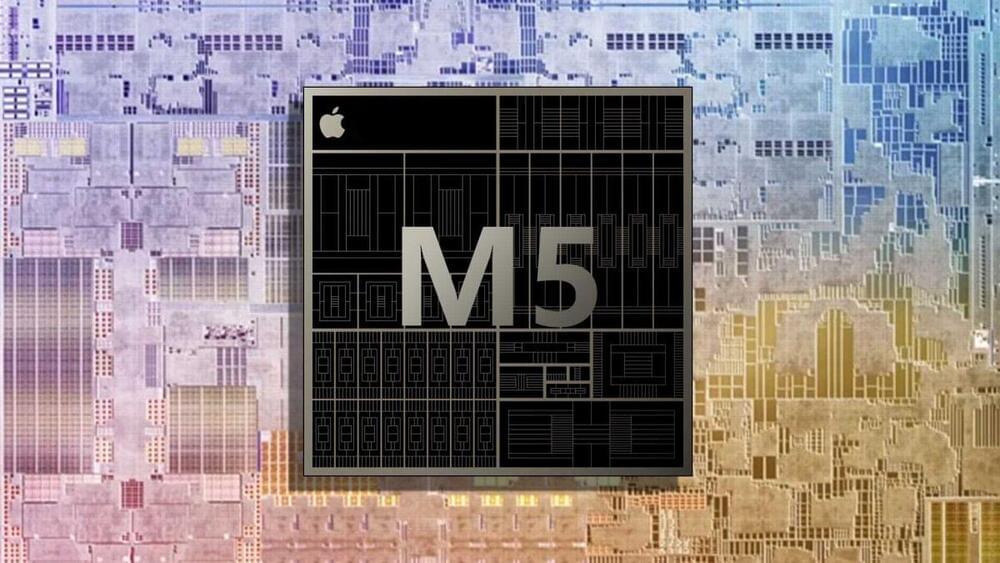



The $5 billion CopperString project will connect Queensland’s northwest to the grid through an 840km power line running from south of Townsville to Mount Isa.
Set to be finished by 2029, CopperString has been described as the region’s “most transformative project since steam locomotives” in the 19th century.
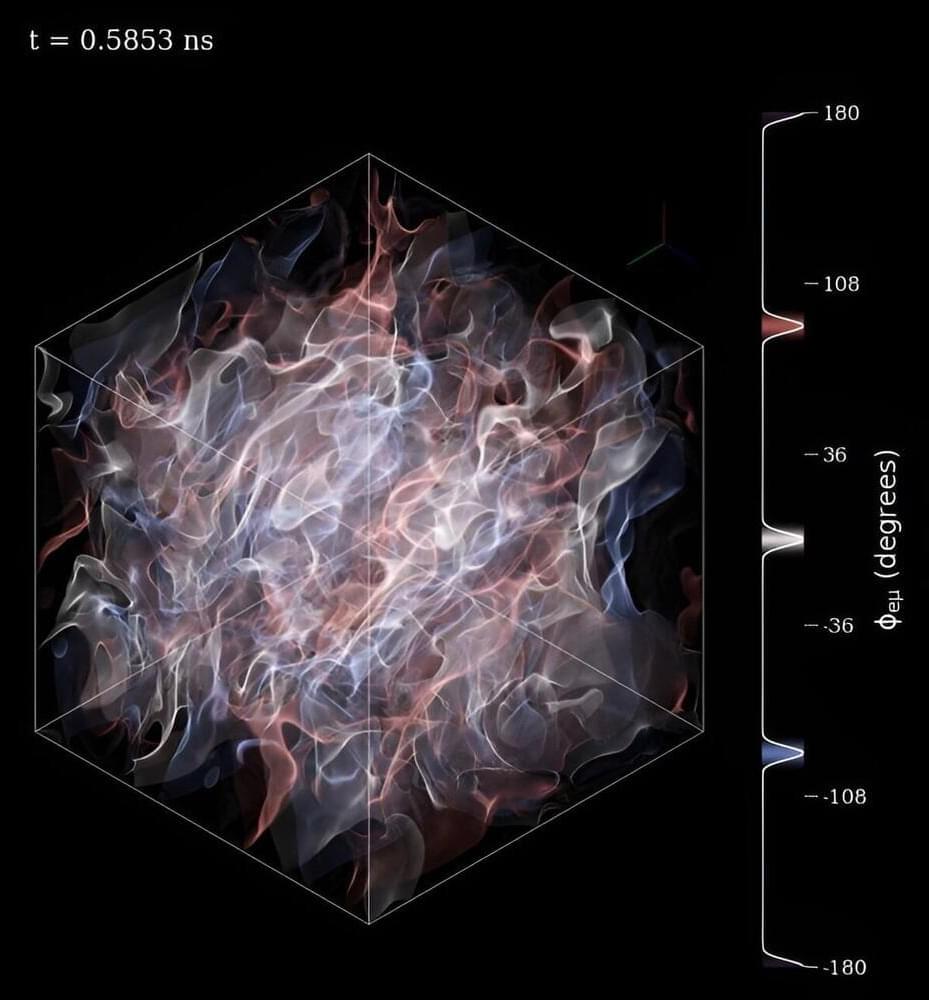
Neutrinos have a quantum mechanical property called “flavor.” This flavor can transform as neutrinos move through space. A major challenge is to keep track of both the physical movement of the neutrinos and their change of flavor in astrophysical systems such as core-collapse supernovae and neutron star mergers. The complicated arrangement and large number of neutrinos in these systems make it nearly impossible to follow all or even a subset of the neutrinos.

You can think of our atmosphere as a big chemistry set, a global churn of gaseous molecules and particles that constantly bounce off and change each other in complicated ways. While the particles are very small, often less than 1% of the thickness of human hair, they have outsized impacts. For example, particles are the seeds of cloud droplets, and the abundance of the particles changes the reflectivity and the amount of clouds, rainfall and climate.
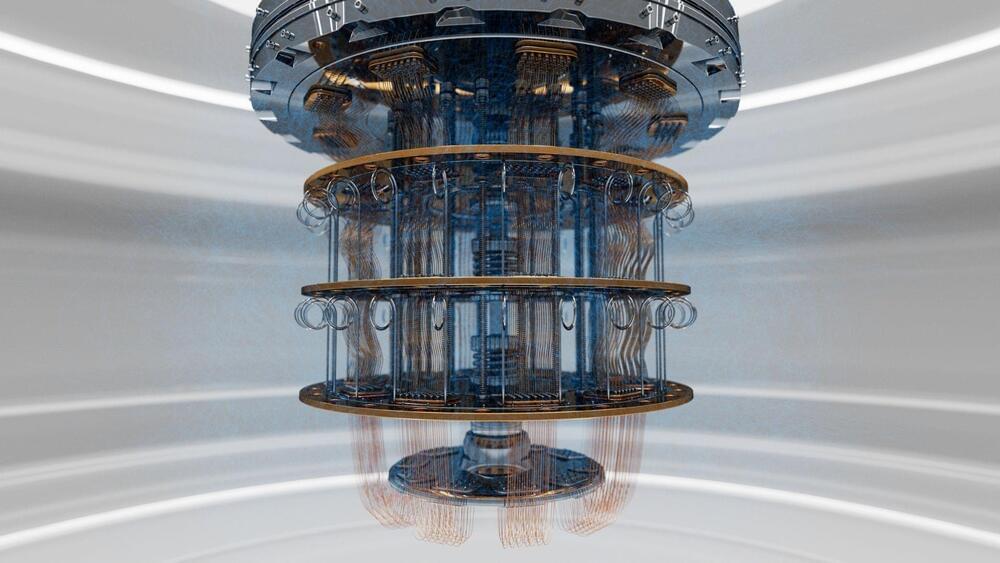
A Chinese research team has achieved a significant milestone in quantum computing by successfully building a device that can simulate the movement of electrons within a solid-state material.
This research, published in the journal Nature, showcases the potential of quantum computers to surpass even the most powerful supercomputers.
Understanding electron behavior is crucial for scientific advancements, particularly in the fields of magnetism and high-temperature superconducting materials. These materials could revolutionize electricity transmission and transportation, leading to significant energy savings and technological progress.

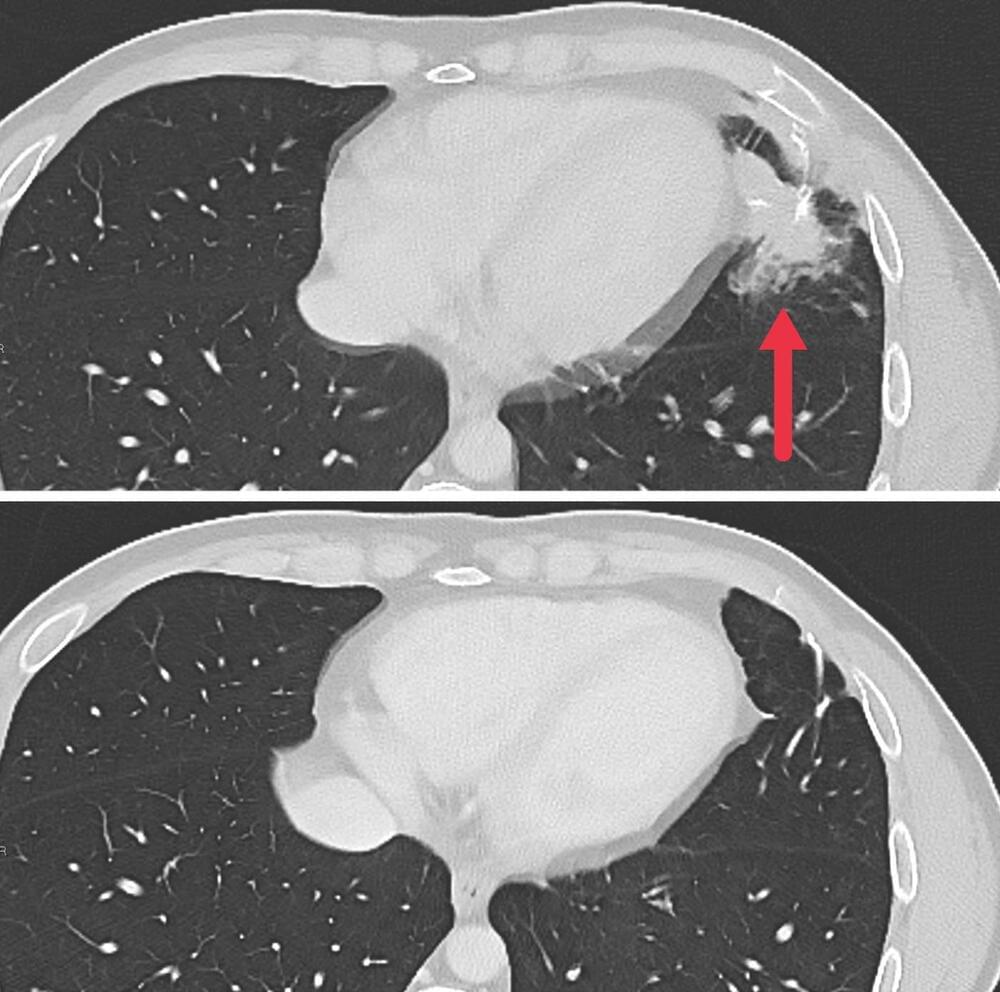
The genetically modified lymphocytes were then multiplied into the hundreds of millions in the laboratory and infused back into the patients, where they expressed the tumor-specific T-cell receptors and continued to multiply.
“By taking the natural T-cell receptors that are present in a very small number of cells and putting them into normal lymphocytes for which we have enormous numbers—a million in every thimbleful of blood—we can generate as many cancer-fighting cells as we want,” Dr. Rosenberg explained.
As part of a larger phase 2 trial, seven patients with metastatic colon cancer were treated with the experimental personalized cellular immunotherapy. All seven received several doses of the immunotherapy drug pembrolizumab (Keytruda) before the cell therapy and another immunotherapy drug called IL-2 afterward. Three patients had substantial shrinkage of metastatic tumors in the liver, lung, and lymph nodes that lasted for four to seven months. The median time to disease progression was 4.6 months.
Multimodal Long Story Generation with Large Language Model https://huggingface.co/papers/2407.
With the remarkable advancements in image generation and open-form text generation, the creation of interleaved image-text content has become an…
Contribute to TencentARC/SEED-Story development by creating an account on GitHub.
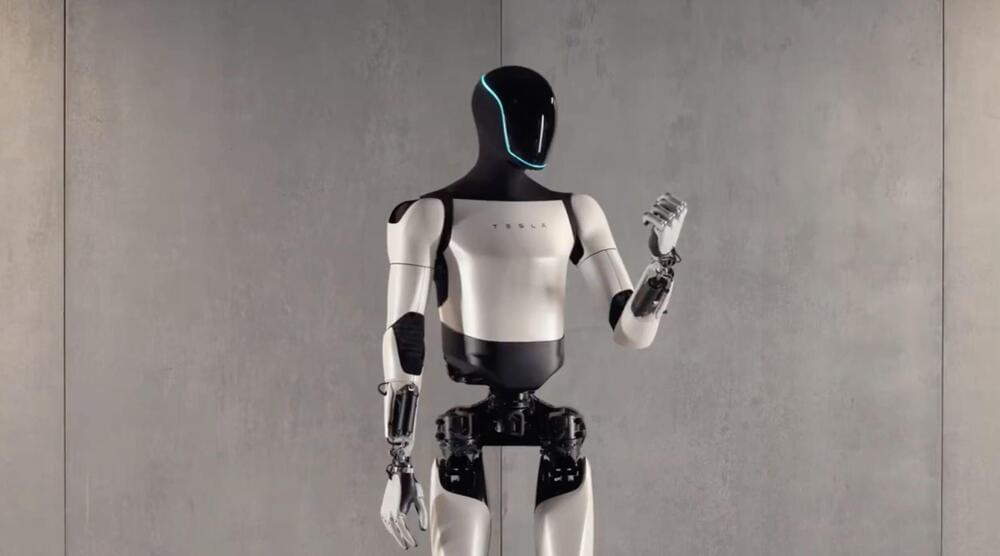
Elon Musk teased the next iteration of Tesla’s humanoid robot Optimus 2.0 on X recently.
“The new Optimus design, which will be complete later this year, is something special,” Musk replied to an X post.
In June, Tesla shared a few updates about Optimus and the milestones the humanoid robot has reached over the past year. According to Tesla, Optimus has already undergone three major design revisions. The humanoid robot’s hand were revised four times in the last two years.